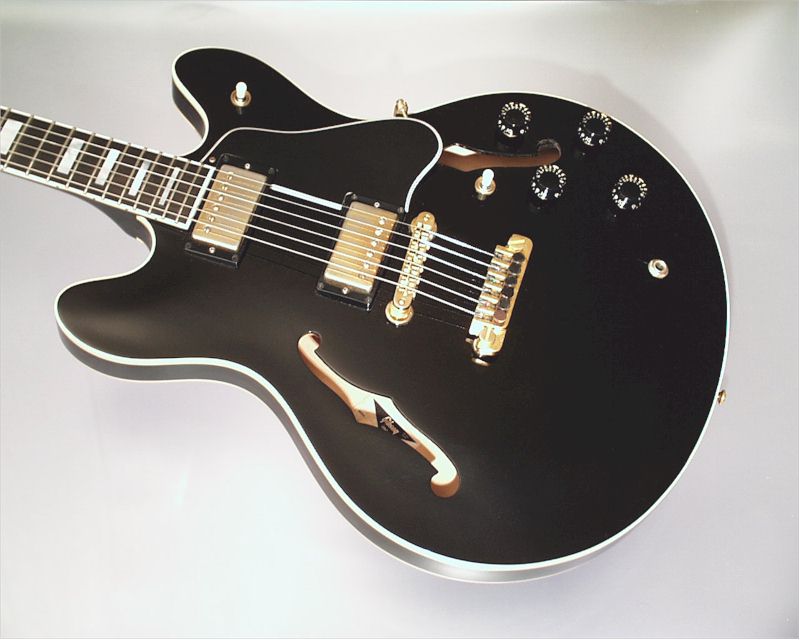I got a Tar Back that a customer wants me to bring back to life for him. Interesting pickup.
The legs are missing...

Anyone have any info on them? I believe designed by Bill Lawrence, low resistance, ceramic mag. Were the baseplates brass or nickel silver? Can you get baseplates for them? Appears the baseplates were not grounded?
The legs are missing...
Anyone have any info on them? I believe designed by Bill Lawrence, low resistance, ceramic mag. Were the baseplates brass or nickel silver? Can you get baseplates for them? Appears the baseplates were not grounded?



Comment